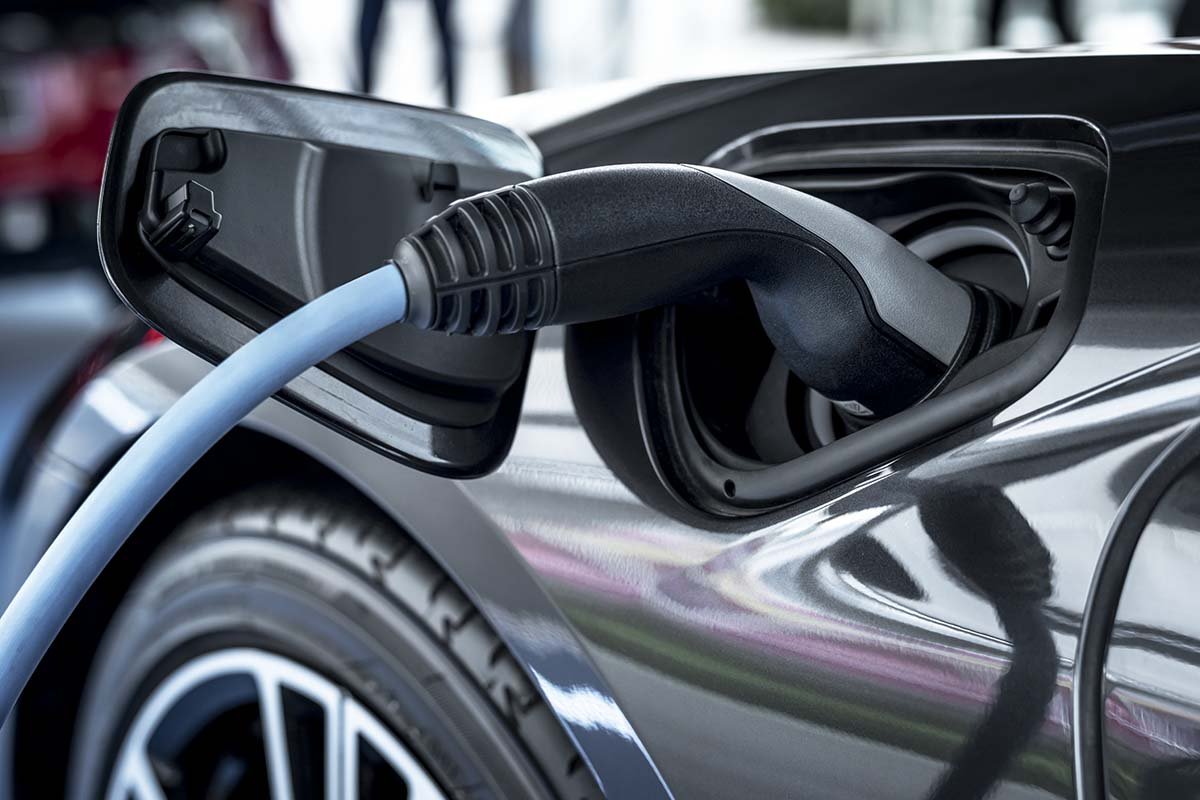The Complete Guide to EV Charger Installation at Home
As the world increasingly leans towards sustainability, the rise of electric vehicles (EVs) marks a significant shift in transportation. Embracing EVs represents a broader commitment to reducing carbon footprint and fostering a cleaner, more energy-efficient future. Central to this transition are electric vehicle chargers, not only as a technological advancement alongside the growing popularity of EVs but as a necessary infrastructure to make EVs more accessible and practical for the public, particularly those driving them.
The growing need for accessible charging solutions for EVs is evident, and this guide aims to help you understand the basics of EV charging point installation. Whether you're already an EV owner or contemplating the switch to electric, this article illustrates the crucial aspects of selecting, installing, and maintaining a charger at your residence. It aims to simplify the process and highlight practical, user-friendly approaches to ensure that EV home charging is feasible and convenient for everyone.
Consider Pre-Installation Factors
The first step is to evaluate the current electrical system of your home. This assessment will determine if your existing setup can support the additional load of an EV charger or if upgrades are necessary. It's vital to double check that your home's electrical system is capable of handling the charger and adheres to safety standards.
The charger's location should also be strategic, ideally where your vehicle is parked regularly. Consider the length of the charger cable and the proximity to your vehicle's charging port. Moreover, different regions have specific regulations on how to install an EV charger at home, so you may need to acquire permits or comply with specific standards.
Select an Appropriate EV Charger
Choosing a suitable charger is essential in the EV home charging point installation process. It's not just about compatibility with your vehicle but also about how the charger will fit into your daily routine and home setup.
You need to guarantee that the charger you choose is compatible with your EV. Although most EVs work with standard chargers, it's always wise to check. Level 2 chargers are popular for home use as they offer a good balance between charging speed and cost. Some chargers also have innovative features like remote monitoring, scheduling, and tracking energy usage that can enhance your charging experience and help manage energy consumption more efficiently. Whatever your decision is, make sure that your chosen charger is the best one for your EV.
Hire a Professional Installer
Once you have selected your charger, the next step is the installation. Hiring a professional installer for your EV charging point is highly recommended, especially for Level 2 chargers requiring specific electrical expertise. Elecology stands out as a renowned service provider for EV installations since they cater to a wide range of both home and business needs and specialises in understanding the unique requirements of each client to ensure that the right EV chargers and solutions are selected and installed properly.
Beyond the selection process, Elecology manages the entire installation from the design phase to the actual setup. They also provide comprehensive maintenance services to ensure the long-term efficiency and reliability of the installed charging infrastructure. If you’re thinking of installing an EV charger in your company or building, Elecology also offers workplace EV charger installation. Indeed, opting for a service provider like Elecology guarantees expert installation and a bespoke charging solution that’s designed and maintained to meet the unique demands of your business.
Install Your Charger
After selecting your charger and hiring a professional, the actual installation process begins. The installer will first prepare the site to confirm that the location is suitable and safe for installation. This includes checking for obstructions and ensuring the charger is placed in a convenient, accessible spot.
Next is the electrical work, which involves integrating the charger with your home's electrical system. For Level 2 chargers, this might mean upgrading your electrical panel or installing a new circuit. Once the charger is installed, the electrician will conduct thorough testing to ensure it's functioning correctly and safely. This step is vital to prevent future issues and ensure your charger operates efficiently.
Evaluate Costs and Incentives
If you’re curious about the exact rates for installing an EV charger, the cost of installation can vary depending on the charger type, the installation's complexity, and local labour rates. Level 2 chargers typically require a higher initial investment due to their faster charging capabilities and installation requirements. Many governments offer incentives and rebates to encourage the adoption of EVs and home chargers, so make sure to research such incentives in your area. These can significantly offset the initial cost of installation and make the transition to EVs more affordable.
Maintain and Troubleshoot Your Charger
Proper maintenance and knowing how to troubleshoot common issues can prolong the life of your charger and ensure it remains efficient. This includes routine checks for any physical damage to make sure that the charger's software is up-to-date and occasionally testing the charger's functionality. Familiarise yourself with common issues such as connectivity problems, breaker trips, or charging interruptions. Knowing basic troubleshooting steps can save time and the cost of a service call.
Taking the Leap into Electric Vehicle Adoption
Through this guide, you have learned that installing an EV charger at home not only brings convenience but also aligns with the global shift towards sustainable living. Evidently, the gradual transition to EV is a process that encompasses the vehicle itself and the necessary infrastructure to support it.
The convenience and environmental benefits of EVs are undoubtedly significantly enhanced by installing a home charging point. By taking the time to study and understand the various aspects of EV charger installation, you are better equipped to make informed decisions and embrace this sustainable shift.



